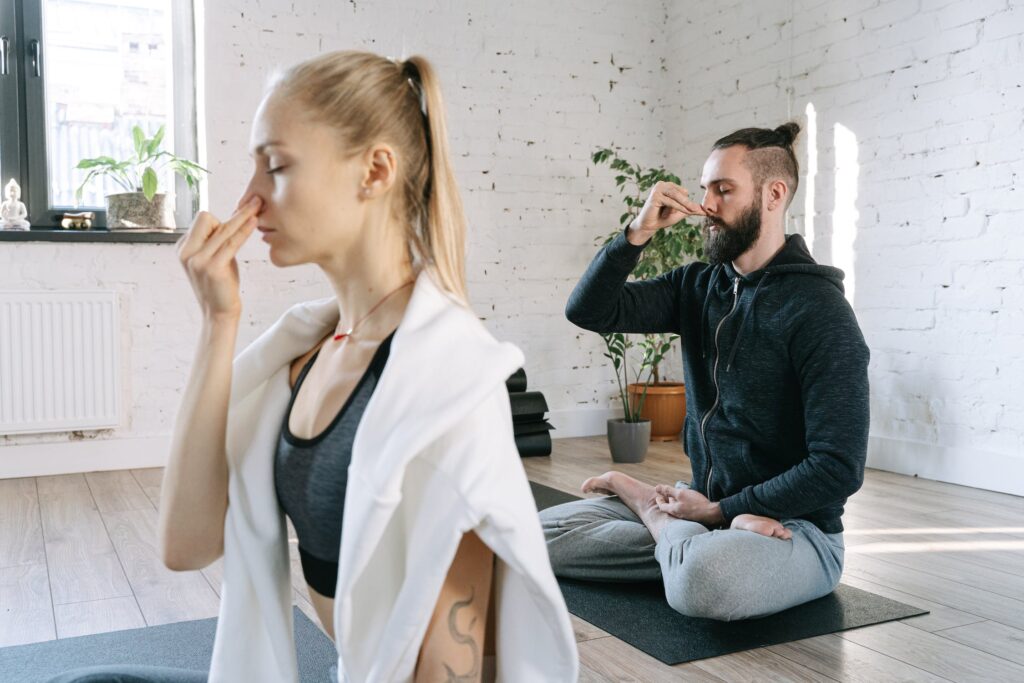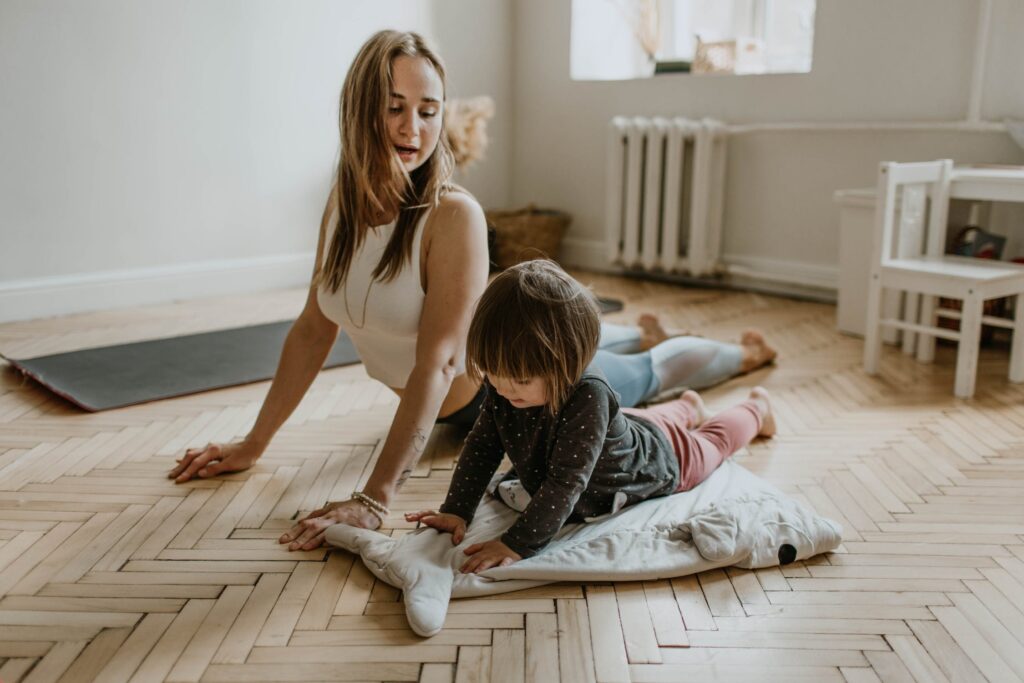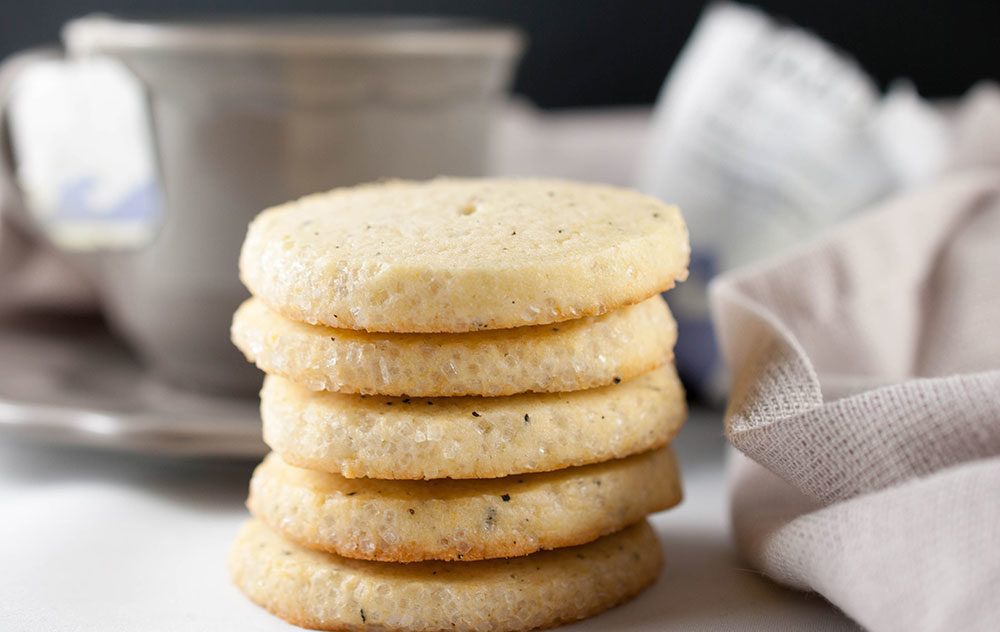Table of Contents
Looking for an effective way to relieve stress? Yoga for stress relief might be just what you need. Learn more about the benefits of practicing yoga to manage stress and find tips to get started in this comprehensive guide.

Yoga has been practiced for thousands of years to enhance physical, psychological, and spiritual well-being. Reduced stress and anxiety are two of yoga’s most well-known advantages. Practicing yoga for stress relief can help you feel calmer, more centered, and more grounded, even on a busy or chaotic day.
But the benefits of yoga go beyond just stress relief. Yoga has also improved mood, increased energy, and enhanced overall mental health. It can even help with conditions like depression and insomnia.
That’s why it’s important to consider incorporating yoga into your routine as a mental health and well-being tool. And in this article, we’ll be exploring exactly how yoga can help with stress and anxiety relief, as well as some tips and techniques for beginners to get started.
So whether you’re a seasoned yogi or a beginner, this article is for you. Let’s dive in and discover the power of yoga for stress relief and anxiety management.
Understanding Stress and Anxiety

Definition of Stress and Anxiety
Stress and anxiety are two emotional states that can impact an individual’s mental and physical well-being. Stress is a normal response to external pressures and can be beneficial in small doses, as it can help individuals meet deadlines, perform well on exams, or meet other challenges. However, when stress becomes chronic, it can adversely affect an individual’s health, including increased risk for depression, heart disease, and other health issues.
Conversely, anxiety is a feeling of unease or fear about a future event or situation. While some anxiety can be beneficial in helping individuals stay prepared for potential challenges, excessive anxiety can interfere with daily activities and relationships, leading to decreased quality of life.
Symptoms of Stress and Anxiety
The symptoms of stress can manifest in various ways, including physical symptoms such as headaches, fatigue, and muscle tension, as well as emotional symptoms like irritability, mood swings, and difficulty concentrating. In severe cases, stress can also lead to physical health issues, including high blood pressure, heart disease, and digestive problems.
Anxiety symptoms include restlessness, increased heart rate, sweating, and trouble sleeping. Individuals with anxiety may also experience intrusive thoughts or worries about future events or situations, which can be challenging to control and can interfere with daily life.
Causes of Stress and Anxiety
The causes of stress and anxiety are numerous and can be triggered by external and internal factors. External factors that can lead to stress and anxiety include work-related pressures, financial difficulties, relationship problems, and traumatic life events such as the death of a loved one or a natural disaster.
Internal factors such as negative self-talk, low self-esteem, and genetic predisposition can also contribute to the development of stress and anxiety. Additionally, lifestyle factors such as poor sleep habits, a lack of exercise, and a diet high in processed foods can also increase stress and anxiety levels.
It is important to note that stress and anxiety are standard parts of life, and in some cases, they can be beneficial in helping individuals cope with challenges. However, when stress and anxiety become chronic or overwhelming, they can negatively affect an individual’s health and well-being. Seeking help from a mental health professional or utilizing coping mechanisms such as exercise, meditation, and social support can help individuals manage stress and anxiety healthily.
How Yoga Helps with Stress and Anxiety
Mind-Body Connection in Yoga
Yoga is a long-standing tradition that was developed in India and is gaining popularity all over the world. One of the core principles of yoga is the mind-body connection, which is the idea that our thoughts, emotions, and physical sensations are interconnected and can influence one another.
In yoga, the mind-body connection is emphasized through various practices, including pranayama (breathing exercises), asana (physical postures), and meditation. By focusing on our breath and the physical sensations in our body during yoga, we can learn to be more present and mindful at the moment, which can help to reduce stress and anxiety.
Benefits of Practicing Yoga for Stress and Anxiety
The benefits of practicing yoga for stress and anxiety are numerous. First and foremost, yoga can help to reduce the physical symptoms of stress and anxiety, such as muscle tension, headaches, and digestive issues. Practicing yoga regularly can increase our physical flexibility, strength, and balance, which can help reduce stress and promote relaxation.
Moreover, yoga can also help to improve our mental and emotional well-being. Focusing on our breath and physical sensations during yoga allows us to quiet our racing thoughts and cultivate inner peace. This can help reduce anxiety and promote a greater understanding of calm and tranquility.
Types of Yoga for Stress Relief and Anxiety
Several different types of yoga are beneficial for stress and anxiety. Restorative yoga, for example, involves gentle, supported poses designed to help release tension and promote relaxation. On the other hand, Yin yoga involves holding poses for extended periods, which can help calm the nervous system and reduce stress.
Other types of yoga beneficial for stress and anxiety include hatha yoga. This gentle, beginner-friendly style focuses on breath and movement, and vinyasa yoga involves flowing poses that can help build strength and flexibility while promoting mindfulness.
Practicing yoga can be a powerful tool for managing stress and anxiety. By cultivating a deeper awareness of our mind-body connection and practicing yoga regularly, we can reduce physical tension, quiet our racing thoughts, and develop a greater sense of calm and inner peace.
Techniques of Yoga for Stress Relief and Anxiety
Incorporating yoga techniques into your daily routine can be incredibly beneficial if you want to reduce stress and anxiety.
Here are some specific methods that are particularly effective:
A. Breathwork: Pranayama
Pranayama, or breathwork, is an essential aspect of yoga that involves various techniques for controlling the breath. Focusing on the breath and slowing it down can calm our minds and reduce physical tension. Two particularly effective pranayama techniques for stress and anxiety relief are:
Nadi Shodhana: Also known as alternate nostril breathing, this technique involves inhaling through one nostril and exhaling through the other, alternating sides with each breath. This may aid in bringing the nervous system into balance and encouraging tranquility.
Ujjayi: This is a deep, slow breathing technique that involves breathing in through the nose and out through the mouth, making a gentle, ocean-like sound in the back of the throat. This can help to slow down the breathing and promote relaxation.
B. Asanas (Poses) for Stress and Anxiety Relief
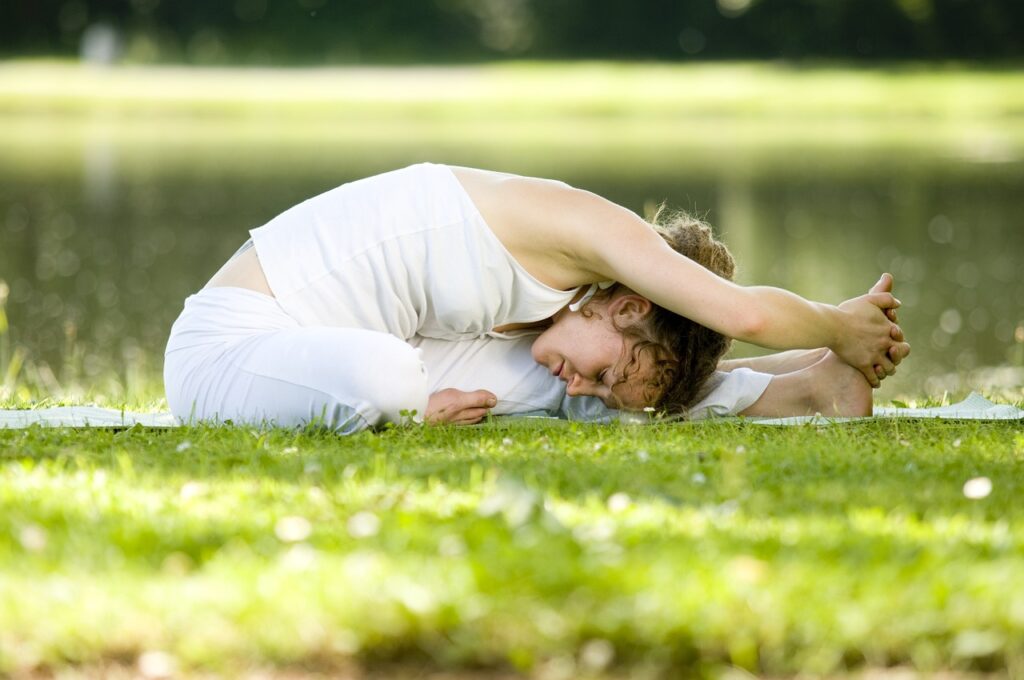
Many different yoga poses can help to reduce stress and anxiety, but here are five specific types that are particularly effective:
Standing Poses: Standing poses such as Warrior I, and II can help build strength and stability while promoting a sense of groundedness and calm.
Forward Folds: Forward folds such as Uttanasana and Child’s Pose can help release back and neck tension, promoting relaxation.
Backbends: Backbends such as Cobra and Upward-Facing Dog can help to open up the chest and promote deep breathing, which can help to reduce stress and anxiety.
Inversions: Inversions such as Headstands and Shoulderstand can help reverse gravity’s effects on the body and promote relaxation and a sense of calm.
Restorative Poses: Restorative poses such as Savasana and Legs-Up-the-Wall can help to release tension and promote deep relaxation.
C. Meditation and Mindfulness Techniques
Meditation and mindfulness are essential components of yoga that can help to reduce stress and anxiety by cultivating a greater sense of awareness and inner peace. Here are two specific techniques to try:
Guided meditation for stress relief: Find a guided meditation specifically designed for stress relief and follow along. This can be a powerful way to calm the mind and reduce physical tension.
Mindfulness exercises: Try practicing mindfulness throughout the day by focusing on your breath and physical sensations. This can help you stay present and reduce feelings of stress and anxiety.
Overall, incorporating these yoga techniques into your daily routine can be incredibly beneficial for reducing stress and anxiety. You can cultivate a greater sense of calm and inner peace by practicing breathwork, specific yoga poses, and mindfulness techniques.
Tips for Practicing Yoga for Stress Relief and Anxiety
If you’re interested in using yoga as a tool for reducing stress and anxiety, here are some tips to help you get started:
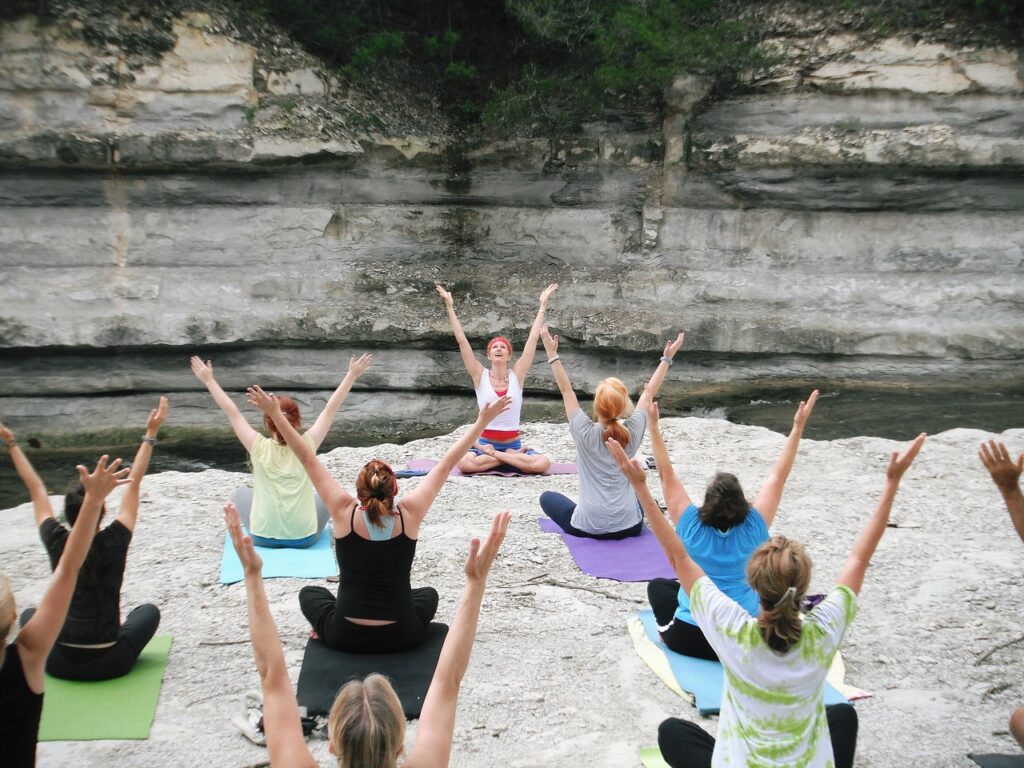
1. Finding a Suitable Yoga Class or Teacher
Finding a class or teacher that resonates with you when practicing yoga for stress and anxiety relief is essential. Look for courses focusing on gentle or restorative yoga, as these styles are particularly effective for reducing stress and promoting relaxation. You may also want to consider finding a teacher who specializes in yoga for stress and anxiety, as they can provide you with specific guidance and support.
2. Creating a Home Yoga Practice for Stress and Anxiety Relief
While attending yoga classes can be a great way to reduce stress and anxiety, it’s also essential to have a home practice that you can turn to whenever you need it. Consider setting up a dedicated space in your home for yoga, and create a routine you can follow daily. You can find plenty of resources online for home yoga practices, including videos, apps, and written guides.
3. Incorporating Yoga into Your Daily Routine
Finally, one of the best ways to use yoga for stress and anxiety relief is to incorporate it into your daily routine. Set aside a few minutes each day for yoga practice, whether a few simple poses or a more extended sequence. You can also use yoga throughout the day to reduce stress, such as taking a few deep breaths or practicing a brief meditation whenever you feel overwhelmed.
Here are some additional tips for incorporating yoga into your daily routine:
- Try to practice at the same time each day, such as in the morning or before bed.
- Start with a short practice and gradually increase the length as you become more comfortable.
- Treat yourself well and be aware of your physical needs. If a pose or technique doesn’t feel right, modify or skip it.
- Remember that yoga is a tool for reducing stress and promoting relaxation, so try not to put too much pressure on yourself to perform perfectly.
By following these tips, you can create a yoga practice tailored to your needs and helps reduce stress and anxiety in your daily life. Whether you attend classes, practice at home, or incorporate yoga into your daily routine, you’ll find that yoga can be a powerful tool for promoting relaxation and inner peace.
Conclusion- Yoga for Stress Relief
Yoga has been practiced for thousands of years and has been proven to have numerous benefits, including reducing stress and anxiety. By cultivating a mind-body connection through breathwork, asanas, and mindfulness techniques, yoga provides a holistic approach to managing stress and promoting relaxation.
To recap, some of the benefits of yoga for stress and anxiety relief include:
- Reducing the production of stress hormones
- Decreasing muscle tension and promoting relaxation
- Improving sleep quality
- Improving mood and minimizing the signs of anxiety and depression
If you’re considering starting a yoga practice, many resources are available to help you get started. Look for classes or teachers in your local community, or consider trying online yoga videos or apps. You can also find plenty of written resources, including books and articles, to help guide you on your yoga for stress relief journey.
Remember that yoga is a practice; developing a consistent routine takes time and patience. Don’t be discouraged if it feels difficult or uncomfortable at first. With practice, you’ll find that yoga can become an essential tool for managing stress and promoting overall well-being.
If you’re looking for a natural, effective way to manage stress and anxiety, consider incorporating yoga into your daily routine. With its numerous physical and mental health benefits, yoga can help you feel calmer, more centered, and balanced. Start your yoga for stress relief journey today, and enjoy the many benefits that this ancient practice has to offer!
FAQs
Question 1: How often should I practice yoga for stress relief?
Answer: It is recommended to practice yoga for stress relief at least once or twice a week to experience its benefits. However, practicing yoga daily can offer maximum benefits for managing stress and anxiety.
Question 2: Can yoga be used as a sole treatment for stress relief?
Answer: While yoga can be an effective tool for managing stress, it is essential to note that it should not be used as a sole treatment for stress relief. It is always advisable to consult with a healthcare professional if you are experiencing high stress or anxiety levels.
Question 3: Can yoga for stress relief be practiced during pregnancy?
Answer: Yes, certain yoga poses and breathing techniques can be practiced during pregnancy to help manage stress levels. However, consulting with a healthcare professional or a qualified prenatal yoga instructor is essential before starting any yoga practice during pregnancy.
Question 4: How long does it take to see the benefits of yoga for stress relief?
Answer: Some benefits of yoga, such as reduced stress and increased relaxation, can be experienced immediately. However, it may take several weeks or months of regular practice to experience the full benefits.
Question 5: Can beginners practice yoga for stress relief?
Answer: Yes, yoga for stress relief can be practiced by beginners. However, it is vital to start with beginner-level yoga poses and gradually build up to more advanced poses as your strength and flexibility increase.
Question 6: Is it normal to feel discomfort during yoga?
Answer: Some discomfort or mild pain can be expected during yoga, mainly when practicing challenging poses. However, if you experience sharp pain or feel that a posture is causing injury, stop immediately and seek guidance from a qualified instructor.
Question 7: What should I wear for practicing yoga for stress relief?
Answer: Comfortable, breathable clothing for ease of movement is ideal for practicing yoga for stress relief. It is also recommended to wear tight clothes, as this can interfere with your actions during the practice.
Question 8: Can meditation be combined with yoga for stress relief?
Answer: Yes, meditation can be combined with yoga for stress relief to enhance its benefits. Practicing meditation after a yoga session can help to calm the mind further and promote relaxation.

